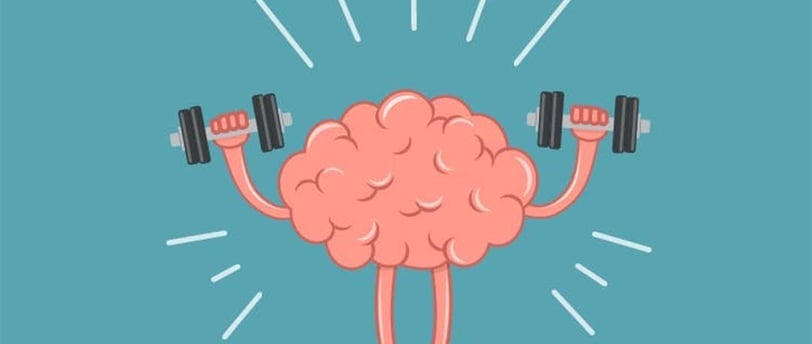Visualization
Techniques such as visualization and mindfulness can help improve endurance for long periods of time.
7/27/20242 min read


Mental Training and Motivation
1. Developing Mental Strength:
Endurance is not just physical; it's also mental. Techniques such as visualization and mental focus can help improve the ability to endure prolonged exertion.
2. Setting Realistic Goals:
Setting short- and long-term goals helps maintain motivation and provides a sense of accomplishment when each goal is achieved.
Visualization
Concept of Visualization:
Visualization is a mental technique where you imagine yourself completing specific tasks or achieving certain goals. In a sports context, this means imagining your ideal performance, such as running a certain distance or completing a long workout successfully.
How Visualization Helps:
Programming the Mind: When you visualize yourself successfully performing a task, you program your mind to accept this success as a possible reality, which boosts your confidence and reduces anxiety.
Improving Performance: Studies have shown that visualization can actually enhance physical performance by preparing the body to achieve what has been visualized.
Enhancing Motivation: Imagining success in your tasks can increase your motivation and encourage you to keep training.
How to Apply Visualization:
Detailed Visualization: Imagine every possible detail, such as your surroundings, the movements you make, and even the sounds and smells.
Repetition: Regularly repeat the visualization process, especially before training or competition, to reinforce its effect.
Mental Focus
Concept of Mental Focus:
Mental focus is the ability to direct your attention fully to the task at hand, without distractions. In endurance sports, this requires ignoring feelings of fatigue and pain while staying focused on the goal.
How Mental Focus Helps:
Increasing Self-Discipline: Mental focus helps maintain self-discipline, enabling you to continue physical activity even when you feel tired.
Reducing Stress: By focusing on the present moment instead of thinking about how hard the challenge is or how much time is left, you can reduce feelings of stress.
Improving Performance: Continuous focus enhances athletic performance by improving efficiency and coordination between the mind and body.
How to Apply Mental Focus:
Meditation: Regular meditation practice can improve your mental focus. Techniques like mindfulness can be especially effective.
Breathing Techniques: Using deep breathing techniques can help redirect attention to the present and reduce feelings of fatigue.
Chunking: Break down a large task into smaller, more manageable parts. For example, if you're running a long distance, focus only on each mile or each five minutes at a time.
The Importance of These Techniques in Endurance Sports:
Mental Endurance: Prolonged endurance requires the ability to overcome mental barriers, such as self-doubt or the urge to stop. Visualization and mental focus provide the tools needed to handle these challenges.
Dealing with Pain: Endurance sports are often accompanied by feelings of fatigue and pain. These techniques help athletes "reprogram" how they experience pain and continue despite it.
By regularly practicing visualization and mental focus, athletes can improve their ability to handle both physical and mental endurance challenges, leading to better performance and the achievement of higher goals.
